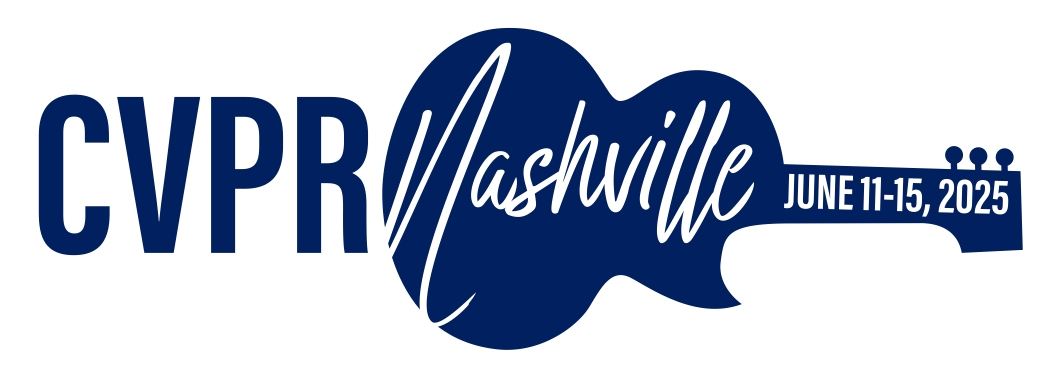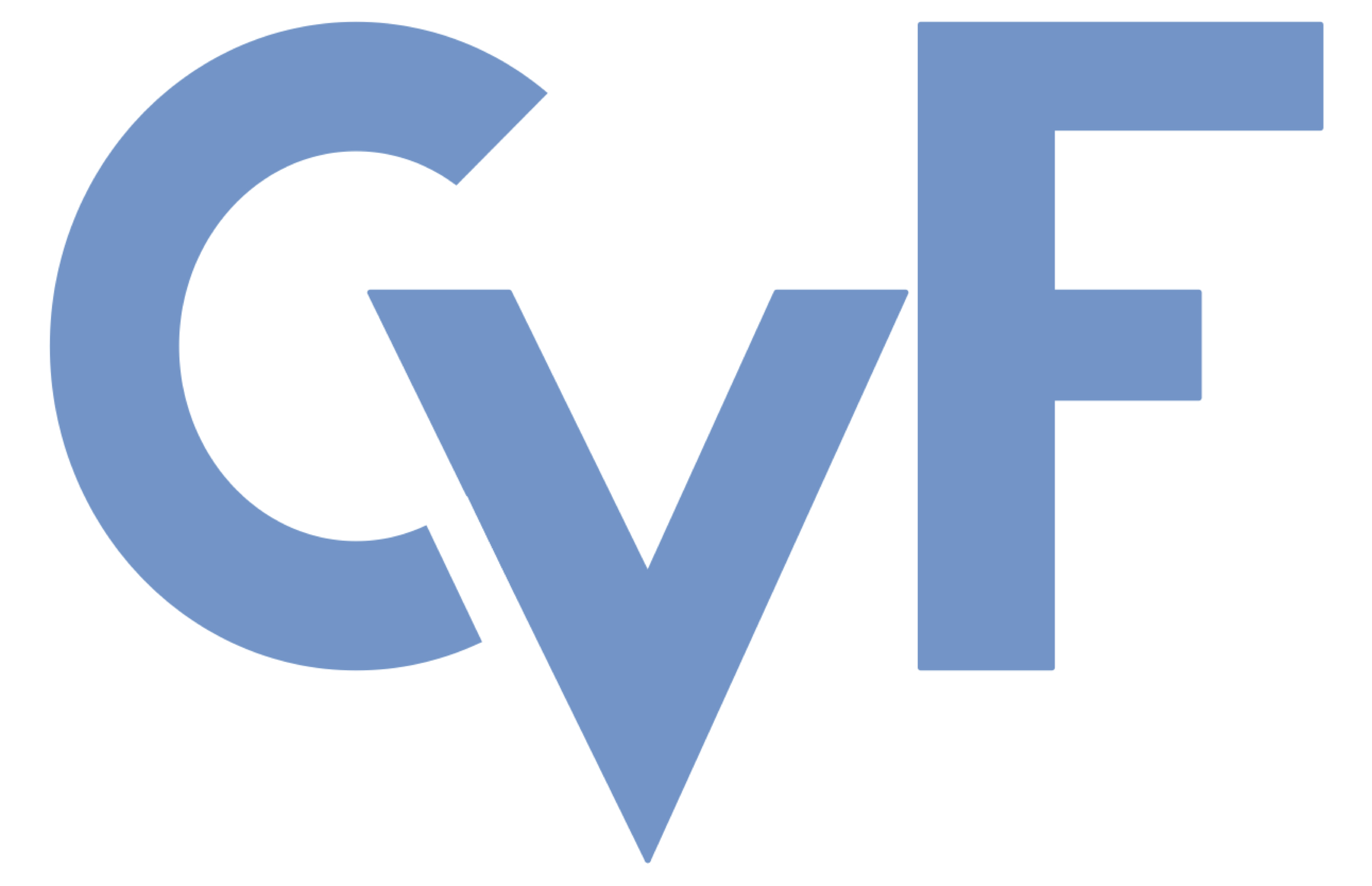-
[pdf]
[bibtex]@InProceedings{Zhang_2025_CVPR, author = {Zhang, Li and Xu, Mingliang and Wang, Jianan and Yu, Qiaojun and Yang, Lixin and Li, Yonglu and Lu, Cewu and Wang, Rujing and Liu, Liu}, title = {GaPT-DAR: Category-level Garments Pose Tracking via Integrated 2D Deformation and 3D Reconstruction}, booktitle = {Proceedings of the IEEE/CVF Conference on Computer Vision and Pattern Recognition (CVPR)}, month = {June}, year = {2025}, pages = {22638-22647} }
GaPT-DAR: Category-level Garments Pose Tracking via Integrated 2D Deformation and 3D Reconstruction
Abstract
Garments are common in daily life and are important for embodied intelligence community. Current category-level garments pose tracking works focus on predicting point-wise canonical correspondence and learning a shape deformation in point cloud sequences. In this paper, motivated by the 2D warping space and shape prior, we propose GaPT-DAR, a novel category-level Garments Pose Tracking framework with integrated 2D Deformation And 3D Reconstruction function, which fully utilize 3D-2D projection and 2D-3D reconstruction to transform the 3D point-wise learning into 2D warping deformation learning. Specifically, GaPT-DAR firstly builds a Voting-based Project module that learns the optimal 3D-2D projection plane for maintaining the maximum orthogonal entropy during point projection. Next, a Garments Deformation module is designed in 2D space to explicitly model the garments warping procedure with deformation parameters. Finally, we build a Depth Reconstruction module to recover the 2D images into 3D warp field. We provide extensive experiments on VR-Folding dataset to evaluate our GaPT-DAR and the results show obvious improvements on most of the metrics compared to state-of-the-arts ( GarmentNets and GarmentTracking). More details are available at https://sites.google.com/view/gapt-dar.
Related Material





